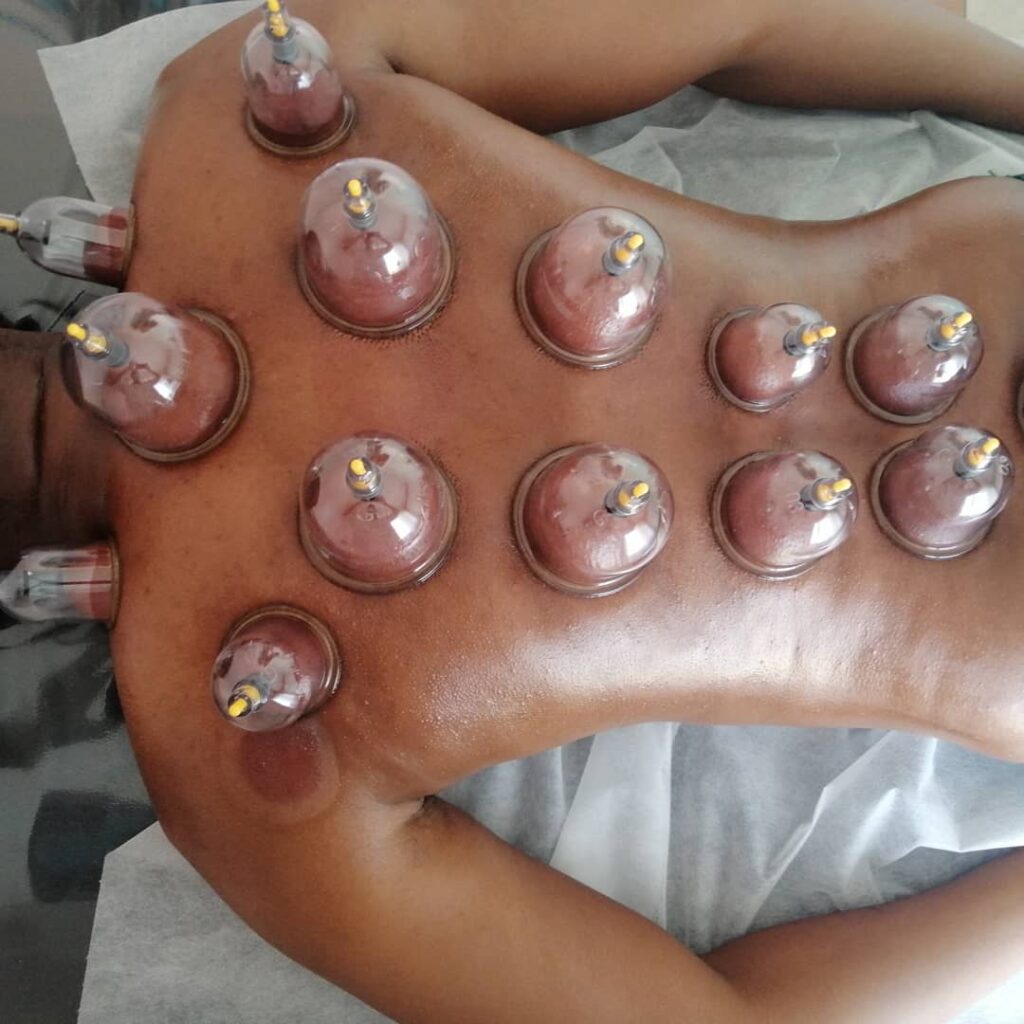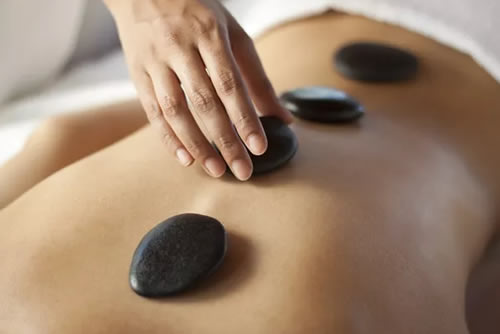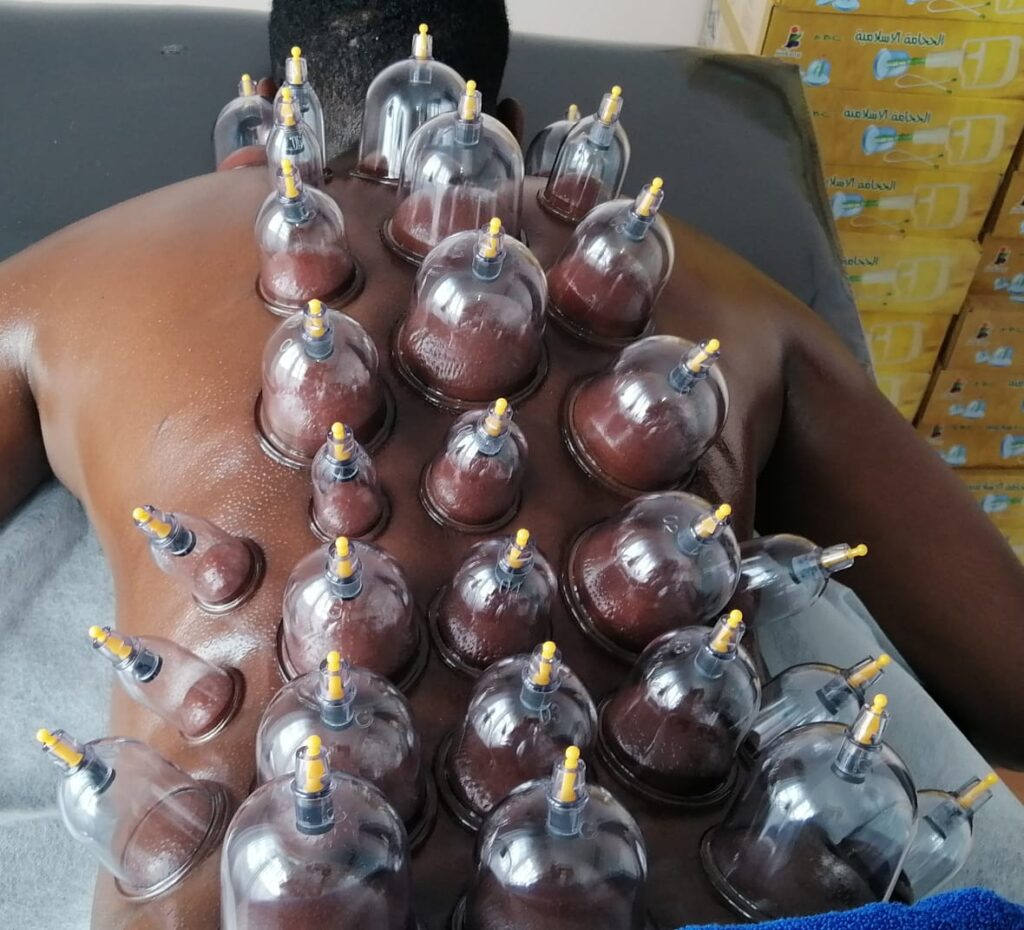A type of massage therapy, deep tissue massage involves applying firm pressure and slow strokes to reach deeper layers of muscle and fascia (the connective tissue surrounding muscles).1 It’s used for chronic aches and pain and contracted areas such as a stiff neck and upper back, low back pain, leg muscle tightness, and sore shoulders.
Frequently Asked Questions
-
At certain times during the massage, you may feel some discomfort or even some pain as the massage therapist works on areas where there are adhesions or scar tissue.
Pain isn’t necessarily good, and it’s not a sign that the massage will be effective. In fact, your body may tense up in response to pain, making it harder for the therapist to reach deeper muscles.
You should always tell your massage therapist if you feel pain during the massage. The therapist can adjust the technique or further prep the tissues if the superficial muscles are tense.
- If you’ve had recent surgery, chemotherapy, radiation, or have another medical condition, it’s wise to check with your doctor before starting massage therapy. Some people with osteoporosis should avoid the deeper pressure of this type of massage.
We provide all amenities and basic cosmetics at the spa. If you would like to fix your makeup after the treatment, please bring your own cosmetics.
Deep tissue massage usually focuses on a specific problem, such as chronic muscle pain, injury rehabilitation, and the following conditions:
Low back pain
Limited mobility
Recovery from injuries (e.g. whiplash, falls)
Repetitive strain injury, such as carpal tunnel syndrome3
Postural problems
Muscle tension in the hamstrings, glutes, IT band, legs, quadriceps, rhomboids, upper back
Osteoarthritis pain
Sciatica
Piriformis syndrome4
Tennis elbow
Fibromyalgia
Upper back or neck pain3
-
At the beginning of a deep tissue massage, lighter pressure is generally applied to warm up and prepare the muscles. Specific techniques are then applied. Common techniques include:
- Stripping: Deep, gliding pressure is applied along the length of the muscle fibers using the elbow, forearm, knuckles, and thumbs.
- Friction: Pressure is applied across the grain of a muscle to release adhesions and realign tissue fibers.
-
Massage therapists may use fingertips, knuckles, hands, elbows, and forearms during a deep tissue massage. You may be asked to breathe deeply as the massage therapist works on tense areas.
After the massage, you may feel some stiffness or soreness, but it should subside within a day or so. Be sure to contact your massage therapist if you have concerns or if you feel pain after having a massage.
Drinking water after the massage may help to flush the metabolic waste from the tissues.




